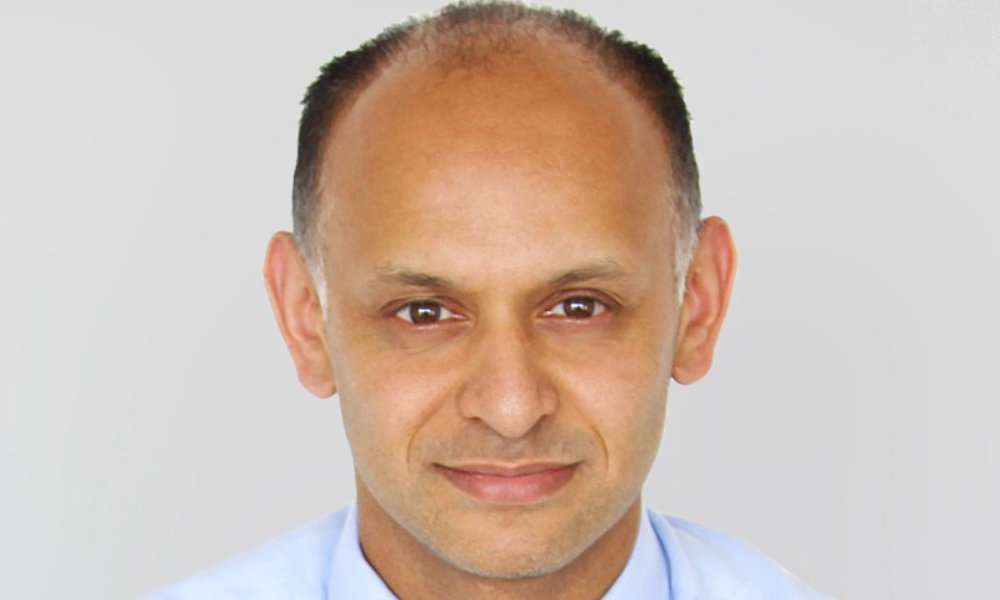Westpac updates forecast after inflation flatlines

After a substantial 75-basis point increase to the official cash rate in November, economists are expecting a slightly more subdued stance from the Reserve Bank of New Zealand when it meets again this month.
Annual inflation held at 7.2% in the December quarter – the same level as the September quarter – preceded by a 7.3% increase in the June quarter.
Following the December quarter inflation report, Westpac was one of the banks to revise its forecast down from a 75-basis point hike to a more moderate 50-basis points, along with Kiwibank and ASB Bank, which also forecast a 50-basis point rise.
Although inflation pressures remained strong, Westpac said the acceleration in inflation that the Reserve Bank had predicted for late 2022 did not eventuate.
Westpac senior economist Satish Ranchhod (pictured above) told NZ Adviser that inflation likely peaked in the June 2022 quarter and that it was expected to gradually ease over the coming years. The bank now expected the OCR, currently at 4.25%, to peak at 5.25% in April.
Westpac is forecasting two double hikes in February and April, however, does not rule out a shift to a smaller 25-basis point hike in April if the downturn in demand is sharper than expected, or if inflation pressures cool sooner.
Annual inflation of 7.2% is still very strong, Ranchhod said, but Westpac didn’t expect to see a material easing so early.
“Instead, inflation looks like it peaked in mid-2022. And while it is still strong, it’s set to fall short of the RBNZ expectations over the coming year,” Ranchhod said.
Noting that retail sales fell in December, Ranchhod said there were now signs that demand was cooling. Businesses were reporting subdued training activity and lower forward orders, and there was evidence that job ads were dropping back.
“Although policy still needs to tighten to get inflation back inside the RBNZ’s target band, the extent of those interest rate increases doesn’t look like it will be as large as the RBNZ had previously assumed. As a result, we’ve revised down our forecast for the peak in the official cash rate.”
Fixed rate mortgages account for around 90% of the New Zealand mortgage market, and Ranchhod said around half would come up for repricing over the coming year.
At the onset of the COVID-19 pandemic in March 2020, the RBNZ slashed the OCR to an emergency setting of 0.25%, deploying the Large Scale Asset Purchase programme, followed by the Funding for Lending programme, to provide liquidity and lower borrowing costs.
According to interest.co.nz, standard two-year fixed rates across the main five banks in early February range from 6.49% to 7.49% – a significant jump from the fixed rates of 2020 and 2021.
“Many borrowers will face repricing at much higher rates than they are currently on. In some cases, their mortgage rates could rise by more than three percentage points,” Ranchhod said.
In a January survey of 45 nationwide mortgage advisers by Tony Alexander and mortgages.co.nz, 78% reported that the most popular fixed rate term for property buyers and those refinancing mortgages was two years.
However, a Crockers-Tony Alexander Investor Insight which polled 274 residential property investors found that 62% opted to lock in for a one-year fixed term over longer options.
Although inflation looks to have peaked, Ranchhod warned that prices were still rising at a rapid pace.
“With businesses facing large and ongoing increases in operating costs, that’s a big concern for our economy. At the same time, households are seeing their purchasing power being eaten away,” Ranchhod said.”
As an adviser, how are you helping mortgage borrowers adjust to higher interest rates? Share your thoughts in the comments section below.



